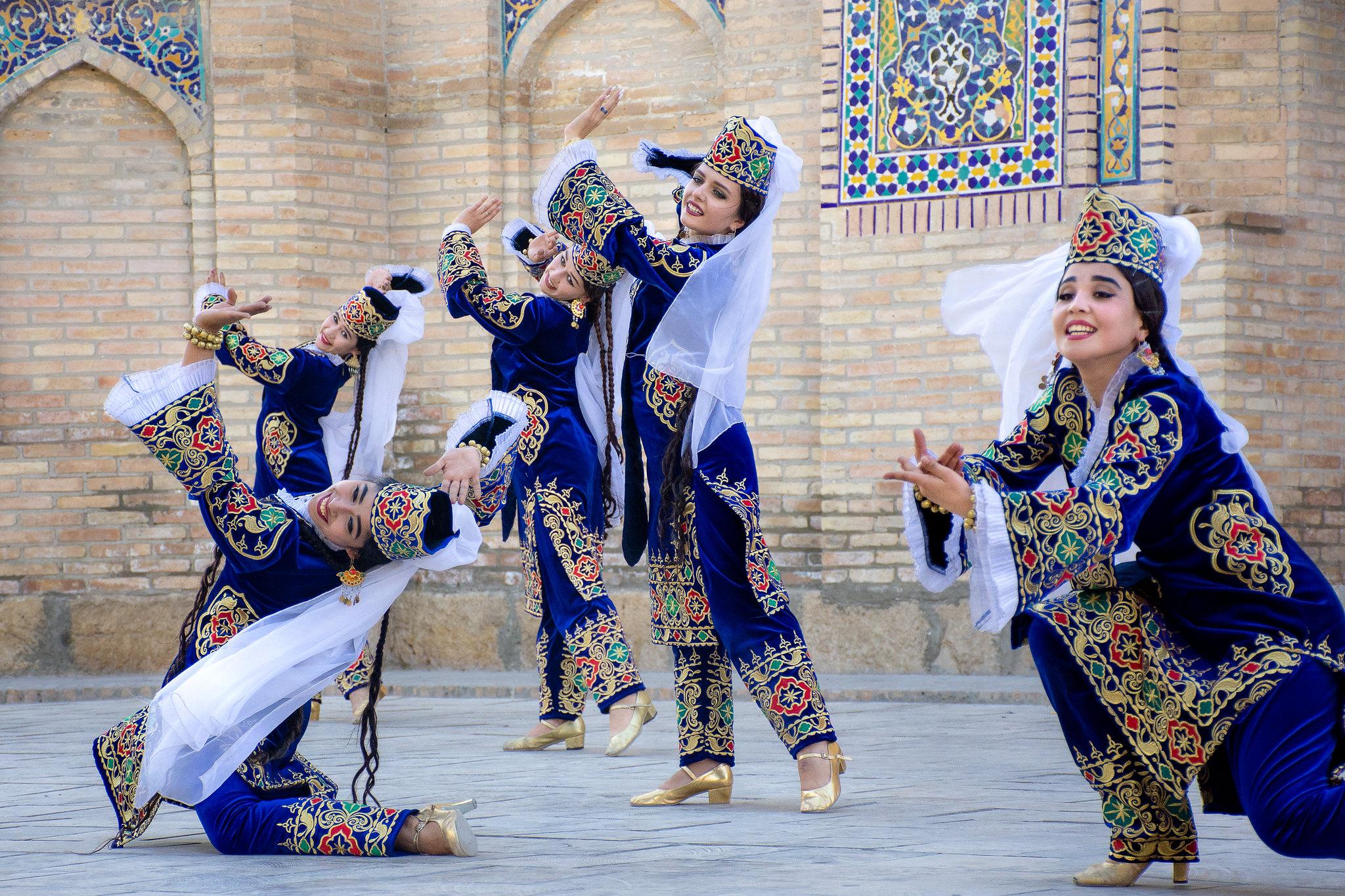Central Asia, often referred to as the heart of the Silk Road, is a region teeming with history, culture, and architectural marvels waiting to be discovered. This vast and diverse region, encompassing countries like Uzbekistan, Turkmenistan, Kazakhstan, Kyrgyzstan, and Tajikistan, is a treasure trove for intrepid travelers seeking a unique and enriching experience. In this article, we will delve into the outstanding countries of Central Asia, their remarkable architecture, must-visit sights, and essential tips for a memorable journey.
Central Asia Countries – The Remarkable and Historical Silk Road
Uzbekistan: The Jewel of the Silk Road
Uzbekistan is a land of enchantment, boasting a rich history dating back to ancient times. The cities of Samarkand, Bukhara, and Khiva are like open-air museums, displaying magnificent Islamic architecture. The Registan Square in Samarkand, with its turquoise-tiled structures, is a UNESCO World Heritage Site and a must-visit for architecture enthusiasts. The three grand madrasas, Ulugh Beg, Sher-Dor, and Tilya-Kori, with their towering facades adorned with geometric designs and intricate calligraphy, are prime examples of Islamic architecture at their finest.
https://www.youtube.com/watch?v=c2L2U32-BvQ

Turkmenistan: The White Marble City
Ashgabat, the capital of Turkmenistan, is famous for its grandiose architecture and impressive use of white marble. The cityscape is dotted with stunning landmarks like the Turkmenbashi Ruhy Mosque and the Independence Monument, both exemplifying the country's architectural opulence. The Turkmenbashi Ruhy Mosque, covered in pristine white marble and topped with a majestic gold dome, is a testament to the country's dedication to architectural splendor.
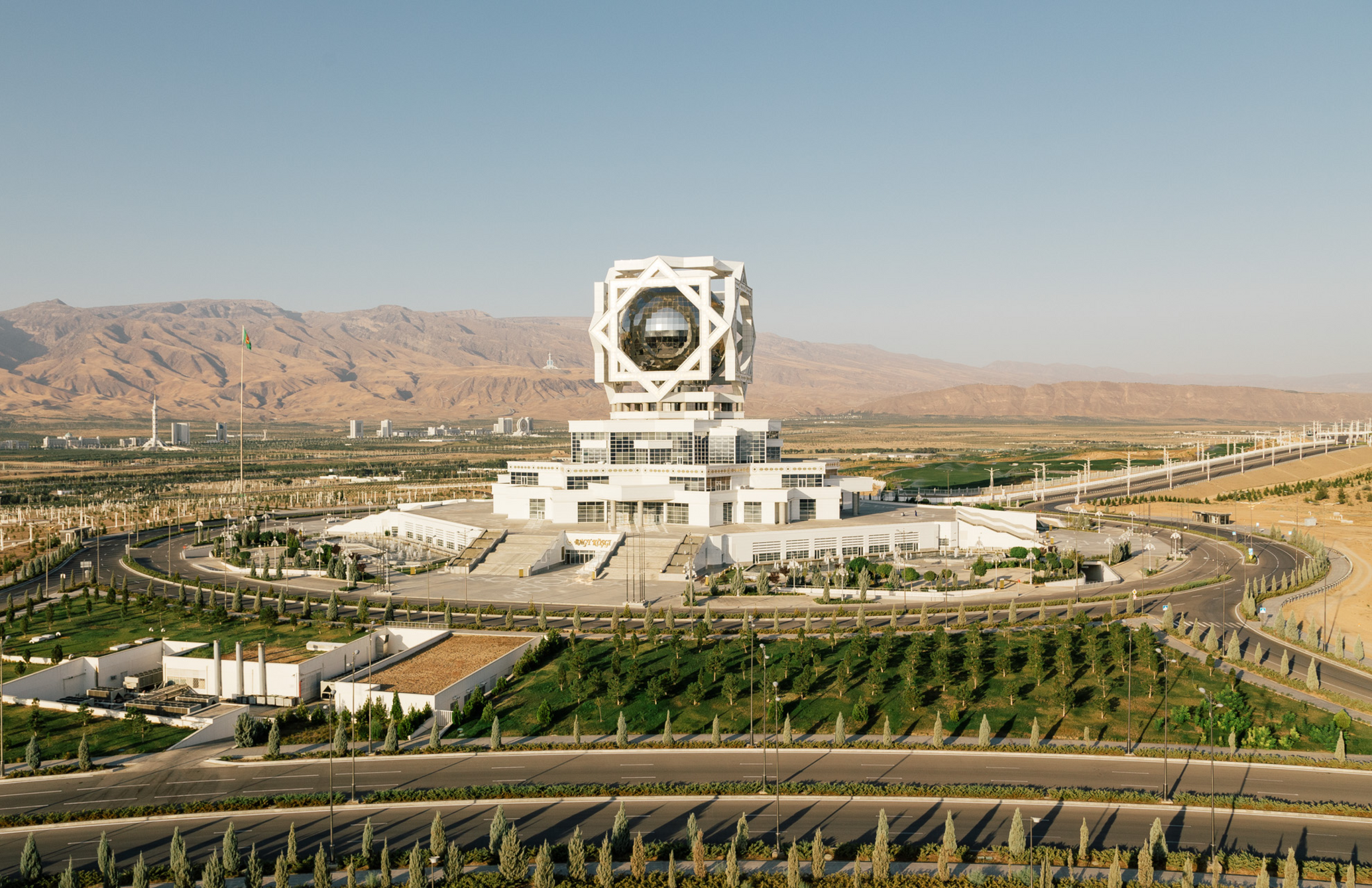
Kazakhstan: A Modern Architectural Oasis
While Kazakhstan embraces modernity with its futuristic buildings in cities like Nur-Sultan (formerly Astana) and Almaty, it also preserves its cultural heritage. The Mausoleum of Khoja Ahmed Yasawi in Turkistan is an architectural masterpiece that reflects the country's historical significance. The Mausoleum, with its intricate patterns and soaring minarets, is a UNESCO World Heritage Site and a stunning example of Timurid architecture.
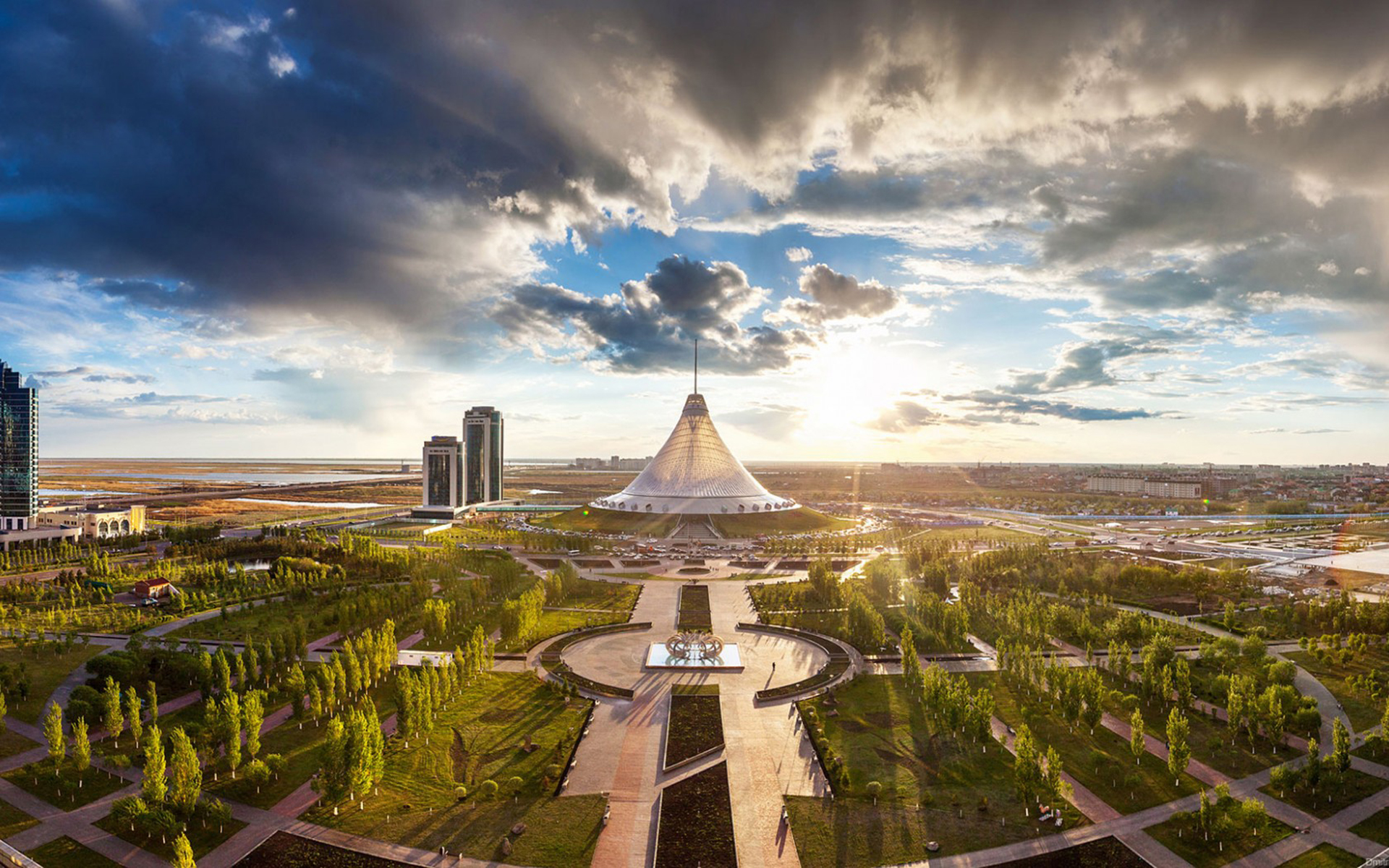

Kyrgyzstan: Nomadic Beauty Meets Natural Splendor
Kyrgyzstan offers a unique blend of nomadic culture and stunning natural beauty. The country's traditional yurts and epic landscapes like Lake Issyk-Kul and the Tian Shan Mountains are architectural wonders in their own right. Yurts, the portable dwellings of the nomadic Kyrgyz people, showcase a unique architectural design characterized by their circular shape, wooden lattice walls, and felt coverings.

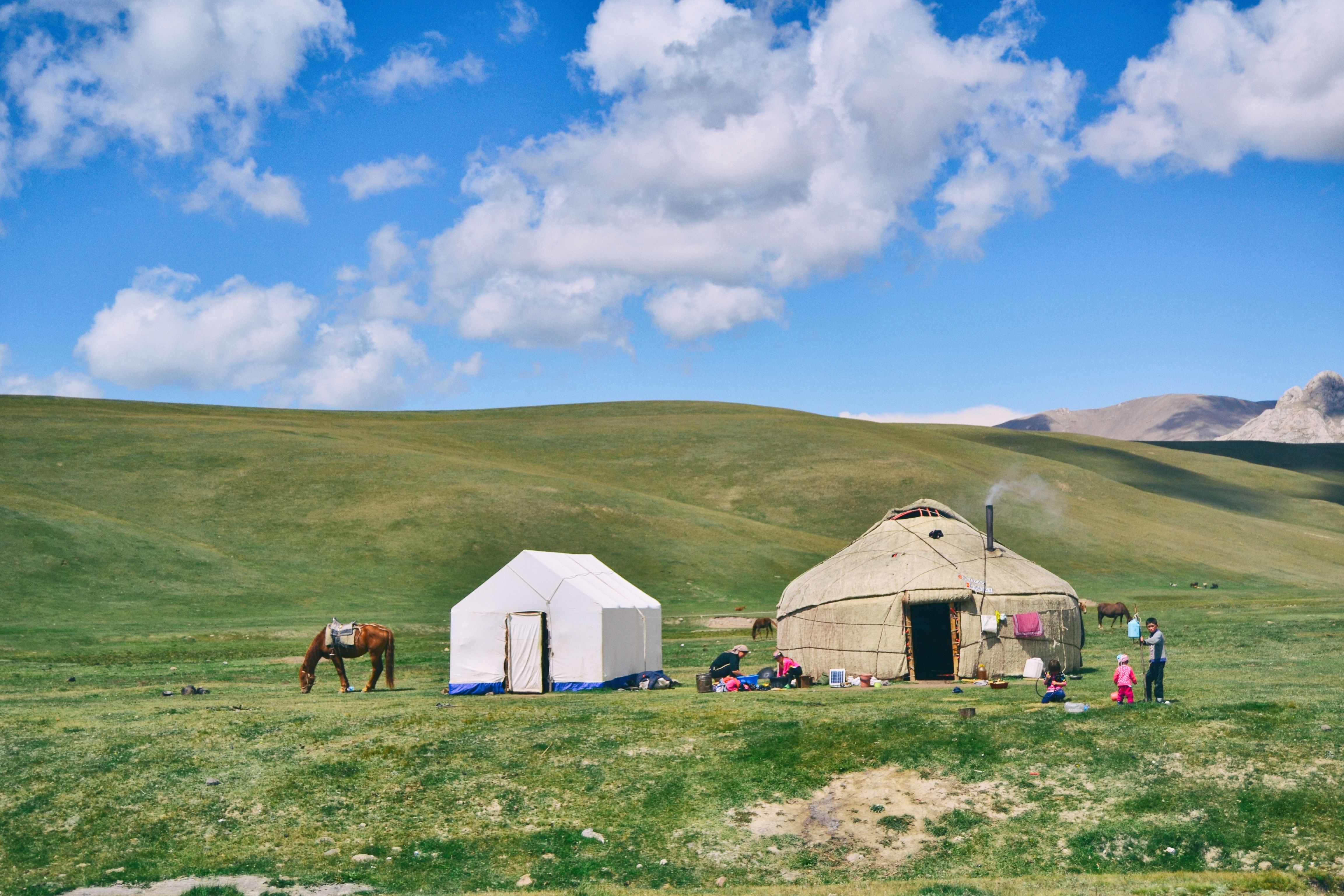

Tajikistan: The Roof of the World
Tajikistan, with its rugged terrain and the Pamir Mountains, offers a different perspective on architecture. The Silk Road forts, such as Hulbuk and Kahkaha, showcase the region's historical importance as a crossroads of trade. Hulbuk Castle, with its imposing walls and watchtowers, is a striking example of fortification architecture along the ancient Silk Road.
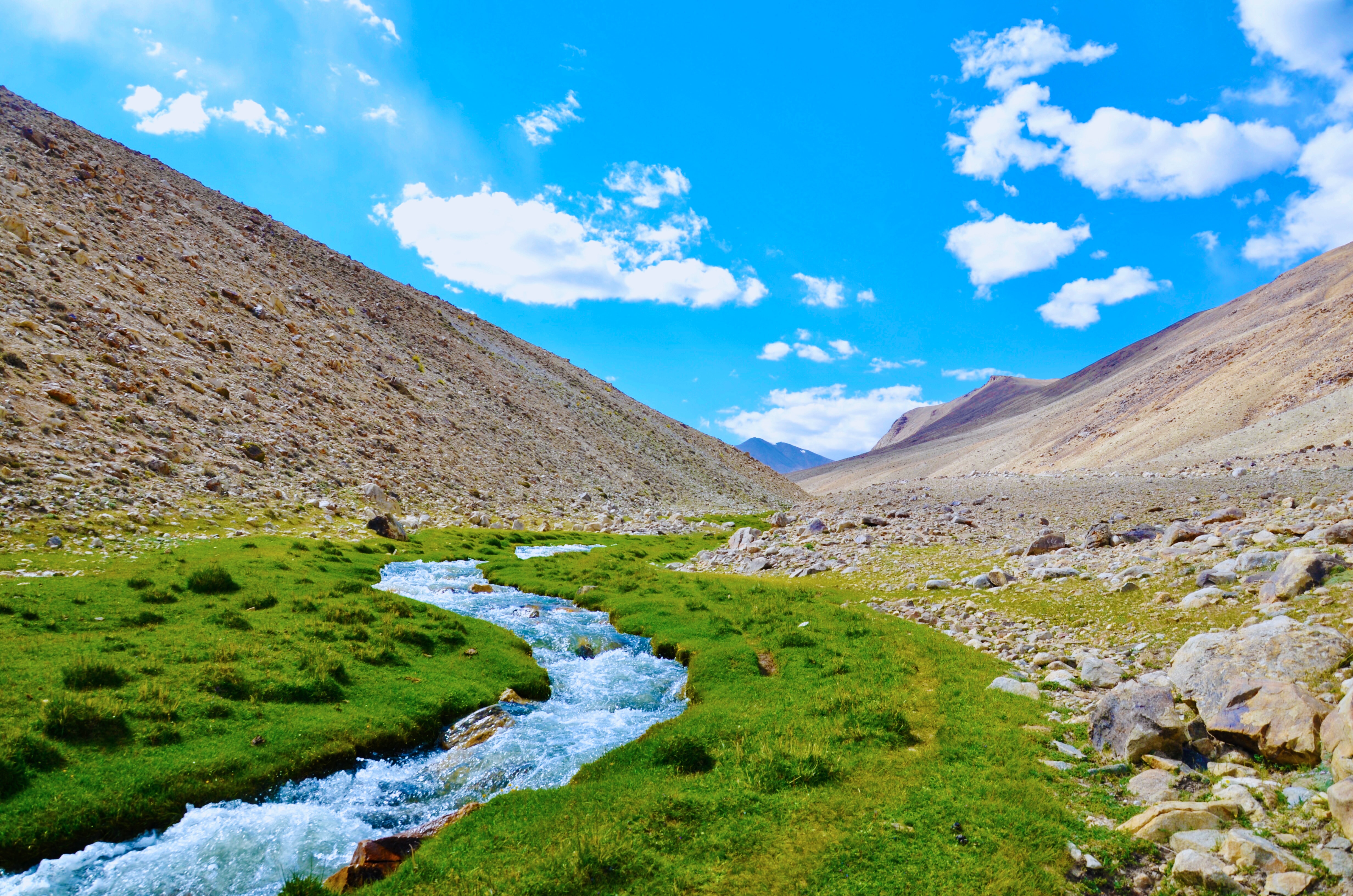
Unskippable Architectural Wonders
Islamic Architecture
Central Asia is known for its stunning mosques, madrasas, and mausoleums adorned with intricate tilework and calligraphy. These include the Gur-e Amir Mausoleum in Samarkand, the Kalyan Mosque in Bukhara, and the Turkmenbashi Ruhy Mosque in Ashgabat. The Gur-e Amir Mausoleum, the final resting place of Timur (Tamerlane), features a grand turquoise dome and richly decorated interiors with intricate tile mosaics and Arabic calligraphy.
Caravanserais
These ancient rest stops along the Silk Road have unique architectural features, including massive gates and ornate courtyards. The Tash Rabat Caravanserai in Kyrgyzstan is a prime example. Tash Rabat, a stone caravanserai nestled in the mountains, is an architectural marvel that serves as a sanctuary for weary travelers and their animals.
Nomadic Yurts
Experience the nomadic way of life by staying in traditional yurts, and circular tents made of felt and wood, which offer an authentic architectural experience. Yurts showcase the ingenuity of nomadic architecture, designed for mobility, comfort, and functionality.
Read more on how to save up while traveling: How to Save on Travel Expenses: 7 Budget-Friendly Travel Tips
Is The Culture in Central Asia Different? Do I have to Wear Traditional Clothes?
Central Asia is a culturally diverse region with distinct cultural characteristics, and the cultural practices can vary from country to country and even within regions of the same country. Here are some key cultural aspects to consider when preparing for a trip to Central Asia.
Traditional Dress
Traditional clothing is still prevalent in many parts of Central Asia, especially in rural areas and during special occasions. However, in urban centers, Western-style clothing is common.
While it's not necessary for tourists to wear traditional clothing, it can be a respectful and immersive way to engage with the local culture. In some countries like Uzbekistan, you might find traditional garments like the "doppi" or "chapán" fascinating to wear, but it's not obligatory.


Temperature
Central Asia experiences a wide range of temperatures throughout the year. Summers can be scorching, with temperatures often exceeding 30°C (86°F) or more in many areas.
Winters can be quite cold, with temperatures often dropping well below freezing, especially in higher-altitude regions.
The temperature can vary significantly depending on the time of year and the specific location within Central Asia you plan to visit. Be sure to check the weather for your specific travel dates and destinations.
Food
Central Asian cuisine is a blend of various influences, including Turkic, Persian, Russian, and Chinese. Meals are often hearty and feature a variety of grains, meats, and dairy products.
Some popular dishes include pilaf (a rice dish with meat and spices), kebabs, lagman (noodle soup), manti (dumplings), and shashlik (grilled skewered meat).
Be prepared to try a wide range of flavors and dishes, and don't miss the opportunity to sample local specialties. Be cautious with street food to avoid any potential health issues.
https://www.youtube.com/watch?v=LFP42YMxPQc
Cultural Etiquette
While customs can vary, there are some general etiquette tips to keep in mind. It's usually polite to remove your shoes when entering someone's home or a mosque. Public displays of affection should be avoided, and it's customary to greet people with a handshake and a nod or a slight bow.
Learning a few basic phrases in the local languages, such as greetings and thank you, can go a long way in showing respect for the local culture.
Religion
Islam is the predominant religion in most Central Asian countries, and religious customs and practices are an integral part of daily life. Be respectful when visiting mosques or religious sites, and dress modestly.
Language
The languages spoken in Central Asia can vary widely, with Turkic languages (such as Uzbek, Kazakh, and Kyrgyz) being prevalent in many areas. Russian is also commonly understood, especially in urban centers.
Conclusion
In summary, Central Asia is indeed culturally distinct, and it's a good idea to be aware of and respect local customs and traditions while traveling in the region. While you don't necessarily need traditional clothing, dressing modestly and respectfully can be appreciated. Also, being open to trying local cuisine and understanding basic cultural etiquette will enhance your travel experience in this diverse and fascinating part of the world.
Learn more about how to be an eco-friendly traveler: Sustainable Wanderlust: Exploring the World Through Eco-Friendly Travel
Transfer money worldwide quick and safe with EzyRemit now: https://ezyremit.com/

